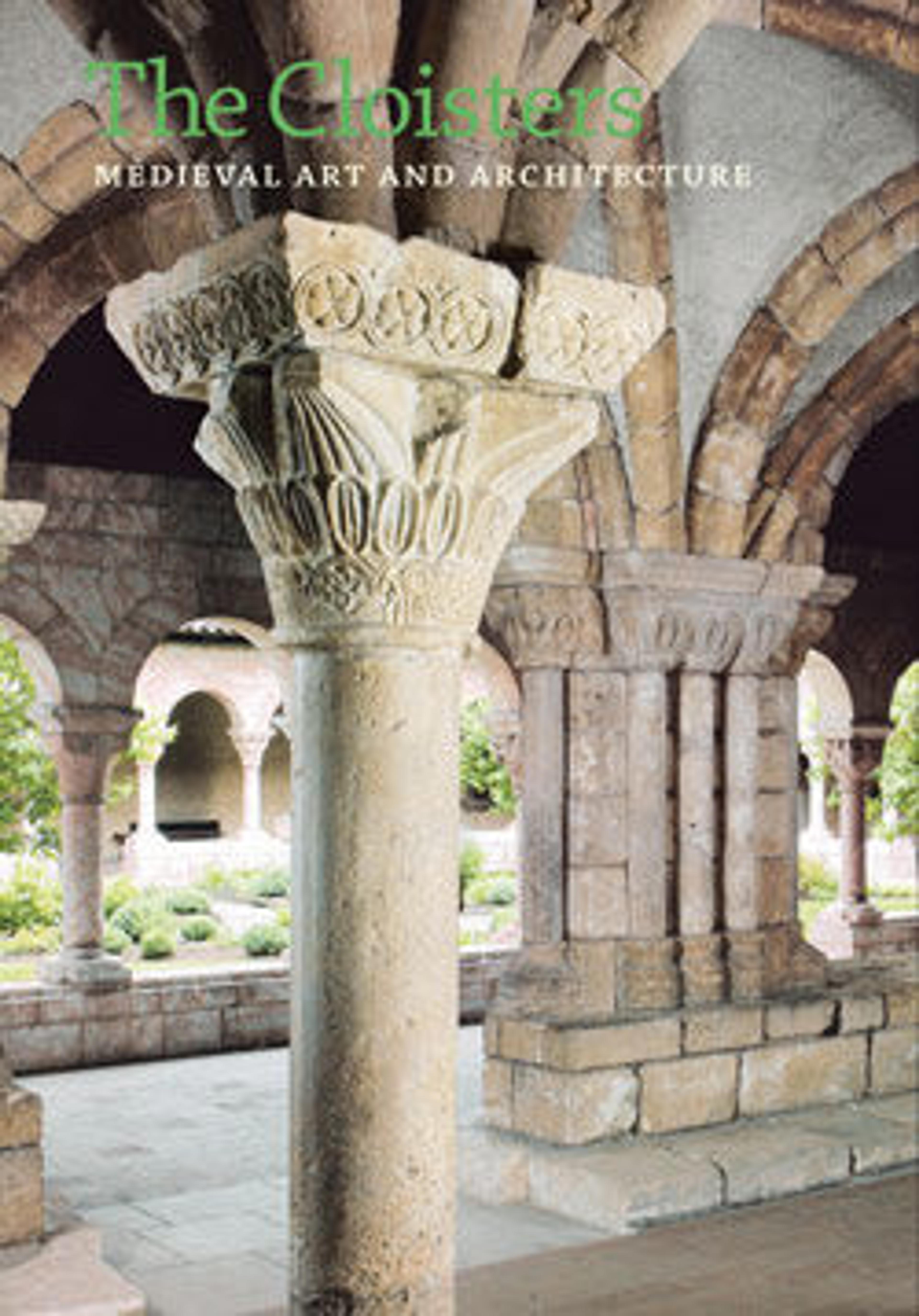The Lamentation
The highly emotional, wrenching expressions on the faces of the standing figures in this shrine are heavily influenced by the work of the South Netherlandish painter Rogier van der Weyden (ca. 1399–1464). Indeed, it is possible the Spanish workshop that created this work included at least one Netherlandish artist, or perhaps the workshop had access to a sketchbook that included elements taken from Rogier's paintings. The shrine was originally the center section of an altarpiece from the ruined Benedictine monastery of Sopetrán, northeast of Madrid. The two panels with four painted scenes that formed the wings of the retable are now in the Prado, Madrid.
Artwork Details
- Title:The Lamentation
- Date:ca. 1480
- Geography:Made in Castile-La Mancha, Spain
- Culture:Central Spanish
- Medium:Walnut, paint, and gilt
- Dimensions:83 x 48 1/2 x 13 1/2 in. (210.8 x 123.2 x 34.3 cm)
- Classification:Sculpture-Wood
- Credit Line:The Cloisters Collection, 1955
- Object Number:55.85
- Curatorial Department: Medieval Art and The Cloisters
More Artwork
Research Resources
The Met provides unparalleled resources for research and welcomes an international community of students and scholars. The Met's Open Access API is where creators and researchers can connect to the The Met collection. Open Access data and public domain images are available for unrestricted commercial and noncommercial use without permission or fee.
To request images under copyright and other restrictions, please use this Image Request form.
Feedback
We continue to research and examine historical and cultural context for objects in The Met collection. If you have comments or questions about this object record, please contact us using the form below. The Museum looks forward to receiving your comments.
